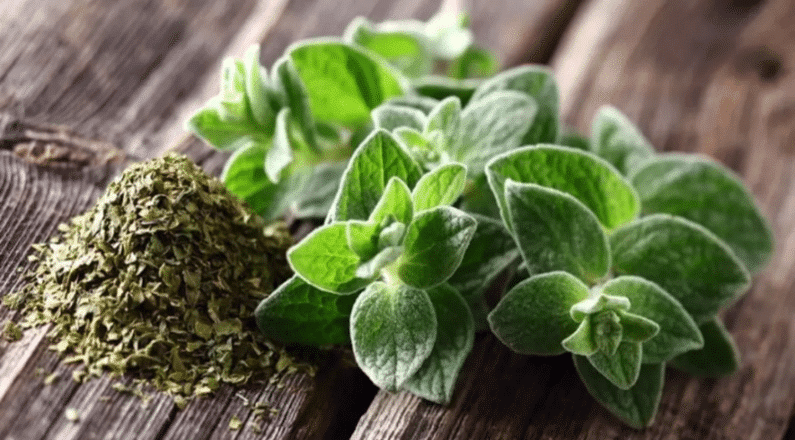Sumac, Rhus coriaria, of Anacardiaceae Family
Morphology: Rhus (Rhus), is the genus of about 35 species of flowering plants and related genera, in the Anacardiaceae family. Rhus the tanner (Rhus coriaria), commonly called broad-leaved rhubarb, tanner rhubarb, or Sicilian rhubarb sumac.
The Rhus coriaria species belongs to the Anacardiaceae family. It is a xerophytic deciduous tree or shrub. Its height ranges from 1-4 meters. Its leaves are they are compound, with 4-8 pairs of leaflets, ellipsoid-ovate, obtuse, 1–6 cm long and 0.5–2.5 cm wide, densely pubescent and with serrated edges. Its flowers grow in carnivals inflorescences, they are yellow, pentamerous. Its fruit, which grows in racemes, is a drupe, spherical, 0.5 cm in diameter, with a fluffy surface, a brownish red color, and a sour taste.
Flowering: Its flowering period is May and June.
Habitat and distribution: It is native to lowland or semi-mountainous areas of southern Europe, North Africa and western Asia. It grows on the edges of mixed broadleaf or coniferous forests, in stony areas with alkaline soil.
Etymology and other names: Also called birsia or virsia or rous, from the Ancient Greek “Rous” or from its corruption, roudi or sumac or sumac. The word “sumac” comes from Old French “summaki” (13th century), from Medieval Latin sumach, from Arabic summāq (سماق), from Syriac summāq (ܣܡܘܩ) – meaning “red”.
Historical facts: The ancient philosopher Theophrastus (371 BC-287 BC), known for his work with plants, has extensively referred to its nature and properties. Galen, the greatest physician of Antiquity after Hippocrates (129-199 AD) singles out the culinary rou, i.e., the spice “sumaki”.
Uses: The fruits are edible and have a sour taste, while crushed they are a popular condiment in the Middle East. The dried fruit is used as a spice, particularly in combination with other spices, in the mixture called za’atar. Its unripe fruits and seeds are also eaten.
The leaves and bark are traditionally used in tanning and contain tannic acid.
The fruits of the Rhus genus are ground into a reddish-purple powder and used as a spice in Middle Eastern cuisine to add a lemony flavor to salads or meat. In Arabic cuisine, it is used as a garnish for meze dishes such as hummus and added to tashi in salads in the Eastern Mediterranean. In Iranian (Persian and Kurdish) cuisine, sumaki is added to rice or kebab. In Jordanian and Turkish cuisines, it is added to salads-servings of kebabs and lahmacun.
Other uses: Dyes of various colors such as: red, yellow, black, and brown, can be made from different parts of the plant.
The oil extracted from the seeds can be used to make candles.



















